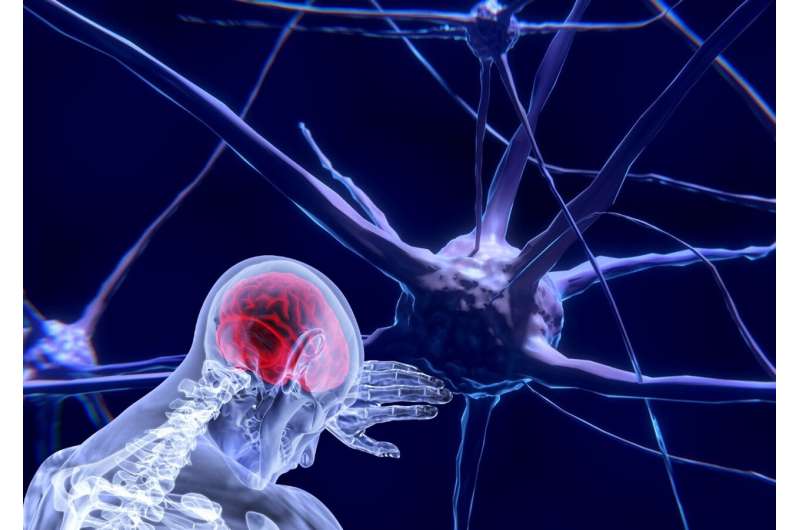Multidisciplinary team publishes new guidance for neuroscience statistical analysis

Researchers from the University of California, Irvine Center for Neural Circuit Mapping (CNCM) have teamed with faculty from the Donald Bren School of Information and Computer Sciences (ICS) to publish a new guide for statistical analysis in neuroscience research.
Published today in Neuron, the new primer provides an overview of mixed-effects models for improved statistical analysis in neuroscience research and clear instruction on how to recognize when these models are needed and how to apply them for more robust statistical inference. Use of this guide will lead to more rigorous analysis, reproducibility, and richer conclusions in the field of neuroscience.
"Our CNCM team reached out to the statistics faculty to gain a better understanding of mixed-effects models to help neuroscience researchers improve their experimental design. Through the efforts of our multidisciplinary team, researchers can produce data analyses with greater validity and higher reproducibility of the experimental findings," said Xiangman Xu, Ph.D., professor and Chancellor's Fellow in the Department of Anatomy and Neurobiology, and director for the Center for Neural Circuit Mapping at the UCI School of Medicine.
"This paper was motivated by our observation of a common statistical error in basic neuroscience: Neurons from different animals are often naively pooled, assuming that the neurons are independent observations," said Zhaoxia Yu, Ph.D., associate professor in the Department of Statistics at the UCI Donald Bren School of Information & Computer Sciences. "As statisticians, we always use the statistical methods that best match the underlying study design. Applying our methods to neuroscience research is a significantly valuable contribution to this field of study."
The most widely used methods such as t-test, which is a type of inferential statistic used to assess the difference between the means of two groups, and Analysis of variance (ANOVA), which is a collection of statistical models and their associated estimation procedures used to analyze the differences among means, often do not take data dependence into account, and thus can be misused, leading potentially to inaccurate scientific conclusions. The primer provides concrete data examples on how to properly use mixed-effects models. It also points to practice data sets on the CNCM website. Online access to code and practice data sets is available to all interested users through the UCI Center for Neural Circuit Mapping website.
More information: Zhaoxia Yu et al, Beyond t test and ANOVA: applications of mixed-effects models for more rigorous statistical analysis in neuroscience research, Neuron (2021). DOI: 10.1016/j.neuron.2021.10.030

















